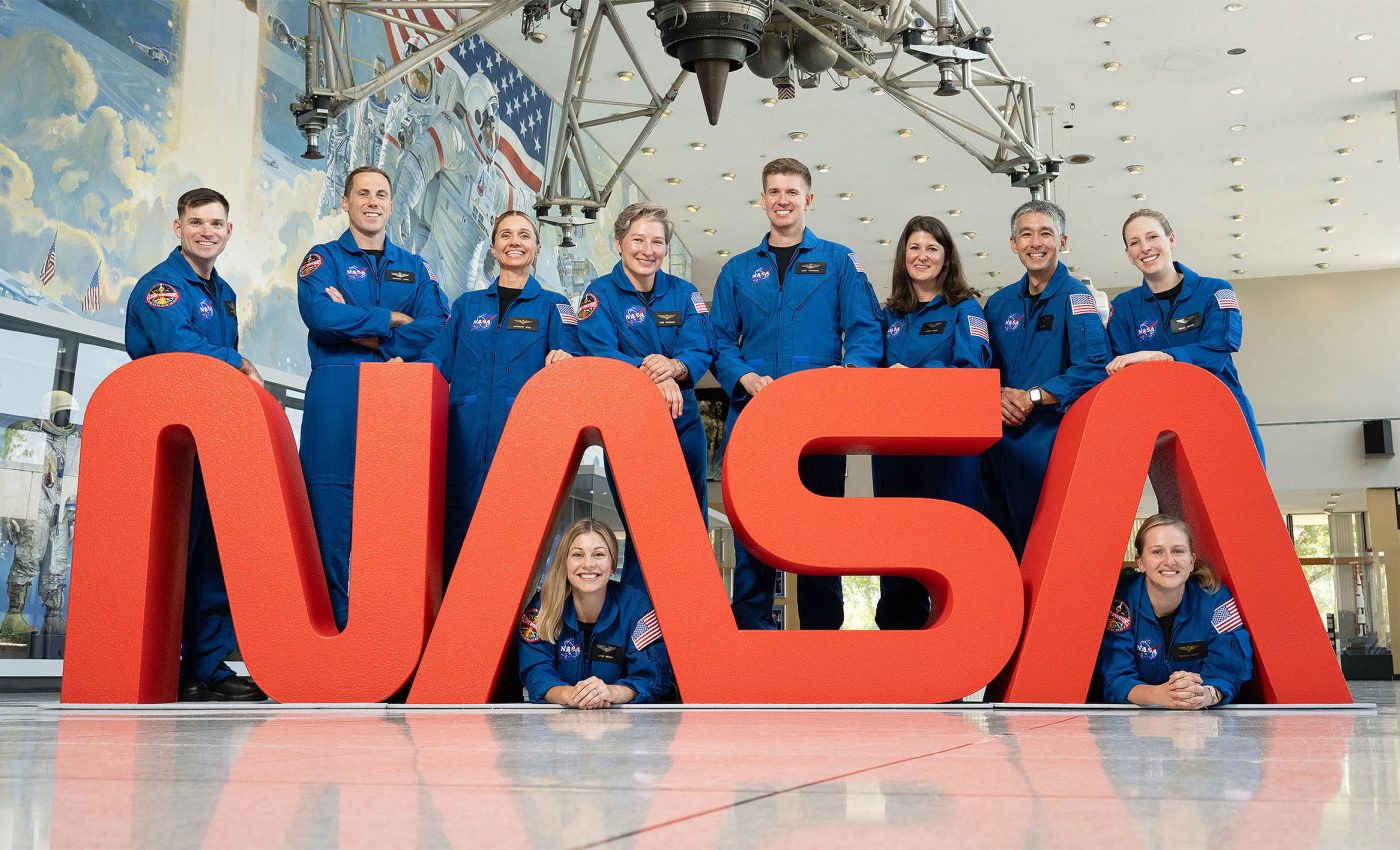
NASA selects ten new astronauts from the best and brightest of 8,000 candidates
NASA picked 10 new astronaut candidates in Houston on September 22, 2025, a small class chosen from more than 8,000 applicants at a public ceremony.
They now start nearly two years of training, a period that prepares them for missions to Earth orbit, the Moon, and eventually Mars, before they can be assigned to a flight.
NASA’s new astronaut class
This is NASA’s 24th astronaut class since the Mercury astronauts in 1959, and it brings the tally to 370 people who have been selected to train as astronauts.
They will join a corps that is juggling science on the International Space Station and early work that points toward Artemis landings and later travel to Mars.
The effort is led at NASA’s Johnson Space Center in Houston, the agency’s hub for astronaut training. The center focuses on flight operations, astronaut preparation, and mission readiness.
“I’m honored to welcome the next generation of American explorers to our agency! Together, we’ll unlock the Golden Age of exploration,” said Sean Duffy, acting NASA administrator.
Training new NASA astronauts
The curriculum mixes classroom study with hands-on work. New candidates learn spacecraft systems, medical care in space, robotics, survival skills, and geology, then move into simulations and high performance jet flying.
They will practice extravehicular activity, work done outside a spacecraft while wearing a pressurized suit, in pool and virtual reality sessions so procedures feel automatic in orbit.
A major block is underwater practice at the Neutral Buoyancy Laboratory, NASA’s giant pool that mimics working in weightlessness by balancing a suited person to neither sink nor float, which is used to rehearse detailed spacewalk steps.
Piloting or backseating in T 38 jets builds judgment and crew coordination under stress. Those habits matter when a switch throws a surprise or a timeline compresses.
How NASA picks new astronauts
NASA draws people with serious operational experience and deep technical skill, not just test pilots. This class includes engineers, a physician, a geologist, and military aviators, which reflects the mix needed for modern exploration.
Selection committees weigh leadership, teamwork, and communication in addition to degrees and flight time, since spaceflight is a crew sport with long, high consequence days.
Candidates could still reach the International Space Station if schedules align, but NASA is planning for a transition to privately owned orbital stations around 2030, with operations on the current station extended to that date while replacements are built.
Those commercial stations are expected to host research, technology demos, and training while NASA uses the Moon as a staging ground for later missions to Mars.
Demands of “orbit” and “spacewalks”
Much of their work begins in low Earth orbit, the band of space within about 1,200 miles above Earth where satellites and the station fly, which remains the best place to test systems and study human health in space.
Spacewalk training stresses patience and precise body control because every bolt and tether move must be deliberate, efficient, and safe.
Human bodies change in orbit, so the class will learn to use exercise devices and routines designed to protect health.
A 2023 astronaut study of long missions found that about 600 minutes per week of aerobic and resistance exercise still did not fully prevent declines in multiple body systems during roughly six months in space.
These findings explain why mission planners keep layering in strength, endurance, mobility, and suit skills, and why medical literacy is part of the candidate toolkit.
Geology is crucial
Sampling rocks on the Moon is not a stroll with a bucket. Candidates practice reading terrain, documenting context, and choosing the few specimens that best answer the science questions of the mission.
Field days teach them to work briskly in gloves and life support gear, to speak a common language with mission scientists, and to log every move in a way the lab can trust.
Artemis surface sorties will likely target polar regions where sunlight and shadow create harsh operating conditions. That is why night ops, cold water survival, and navigation drills appear in their training calendar.
On the station and its successors, they will shift to research and maintenance, keep time with ground controllers, and test new systems meant to carry crews farther from home.
The work ahead
“Today, our mission propels us even further as we prepare for our next giant leap with NASA’s newest astronaut candidate class,” said Vanessa Wyche, director of NASA Johnson.
If all goes as planned, these candidates will graduate as flight eligible astronauts in about two years, then serve in ground roles until they receive mission assignments.
Expect early milestones like the first spacewalk rehearsals in the neutral buoyancy pool and first solos in T 38s. You may also see them taking geology field exams and shadowing flight controllers on console.
Their progress signals how NASA is knitting today’s operations to a future that includes lunar surface camps and early work on Mars transit systems.
Featured image: NASA announced its 2025 Astronaut Candidate Class on Sept. 22, 2025. The 10 candidates, pictured here at NASA’s Johnson Space Center in Houston are: U.S. Army CW3 Ben Bailey, U.S. Air Force Maj. Cameron Jones, Katherine Spies, Anna Menon, U.S. Navy Lt. Cmdr. Erin Overcash, U.S. Air Force Maj. Adam Fuhrmann, Dr. Lauren Edgar, Yuri Kubo, Rebecca Lawler, and Dr. Imelda Muller. Credit: NASA
—–
Like what you read? Subscribe to our newsletter for engaging articles, exclusive content, and the latest updates.
Check us out on EarthSnap, a free app brought to you by Eric Ralls and Earth.com.
—–













